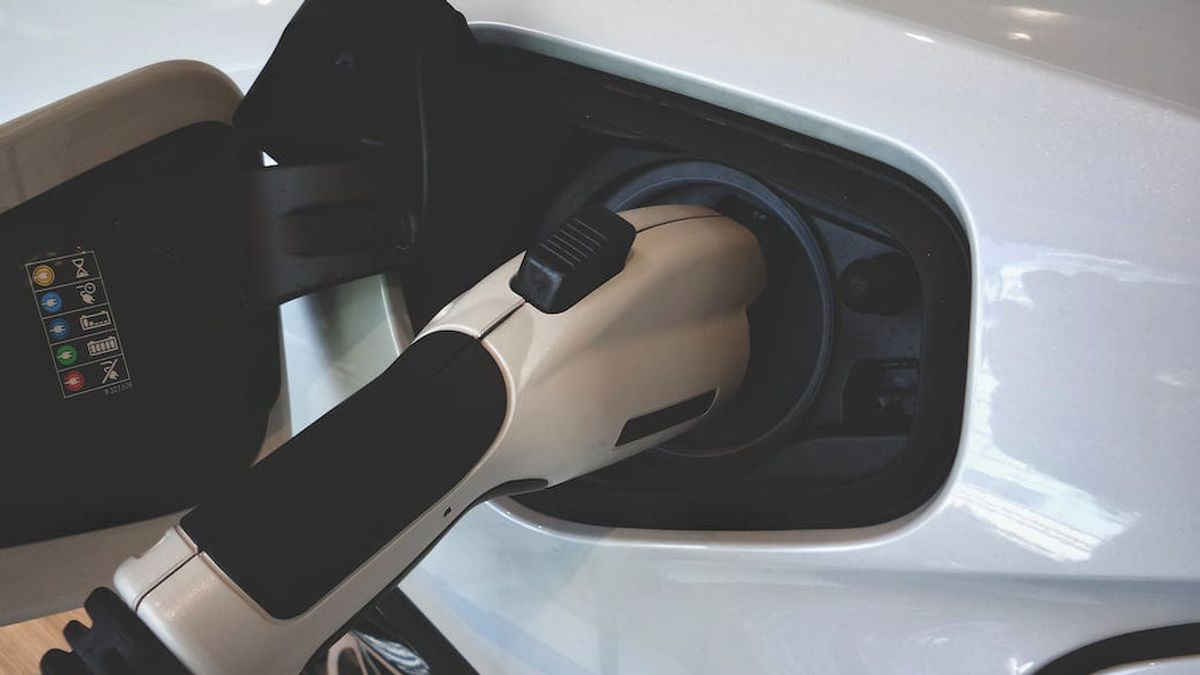JAKARTA - Electric vehicles have taken over the global car market. Automotive companies are competing to create environmentally friendly electric vehicles with zero emissions.
In addition, car manufacturers also continue to improvise by creating how to quickly charge vehicle power, therefore the lithium-ion is created which is claimed to be able to charge electricity more quickly.
Although the thought of electric vehicles may produce zero emissions, it remains to be considered what if the source of the battery material can actually cause environmental damage.
Therefore, recycling EV batteries can be one solution. This ensures that EV battery production will eventually begin to change towards sustainability and also help ease the environment's burden. In addition, the reuse of batteries is used to give a second life old EV battery.
However, battery recycling is not something easy to do. Currently, according to Makeuseof, the most common form of recycling EV batteries is hydromethalurgies and uchometallurgical-related techniques.
Several EV battery recycling companies manually dismantle the batteries they recycle to separate metals and plastics that form battery casings from the inside of the battery where valuable materials are located.
Then, the injured battery uses a safe method that limits the risk of a fire. After the battery is slashed, the resulting mixture is separated into different groups, one of which is what is known as a "black mass".
The usual black mass content is lithium and cobalt. After what's left of the battery is black mass, it is chemically processed using a wet process by dissolving it in acid. This is where the incoming hydrometallurgy section comes in to retrieve elements and individual materials that are expected to be reintroduced into the supply chain.
The hope of this recycling process is to maintain lithium-ion batteries and extend their life by reusing or injecting recycled materials into the manufacture of new batteries.
Pirometalurgi is another technique used to extract some of the important components from the old EV battery. Based on the dissemination of Dr. Ing Salman, a Machine Engineering Lecturer at Mataram University on his blog, first destroys the cells mechanically and then burns them, leaving charred plastic, metal, and glue masses.
However, the problem with this method is the environmental impact that is large because it uses super high temperatures to pick up any compounds that can be recovered. But this doesn't always happen with smelting. A lot of time, a lot of important materials don't actually recover when using uchometallagi. Lithium is one of the super important elements that doesn't recover when the battery is recycled through the use of uchometallagi.
The English, Chinese, Japanese, Arabic, and French versions are automatically generated by the AI. So there may still be inaccuracies in translating, please always see Indonesian as our main language. (system supported by DigitalSiber.id)













